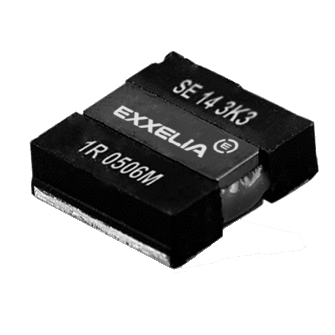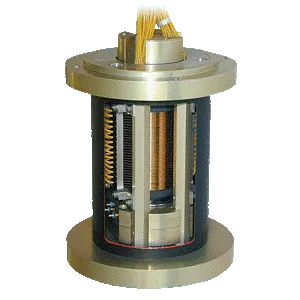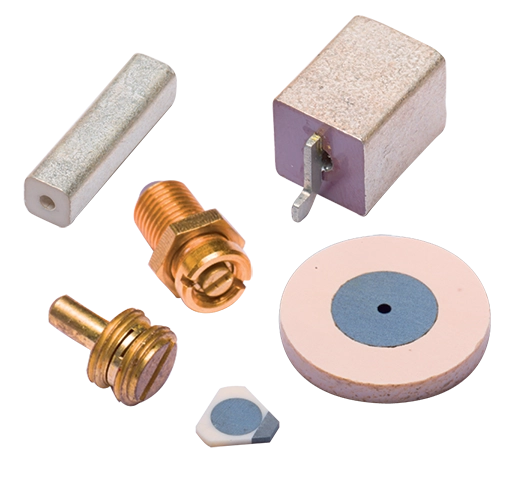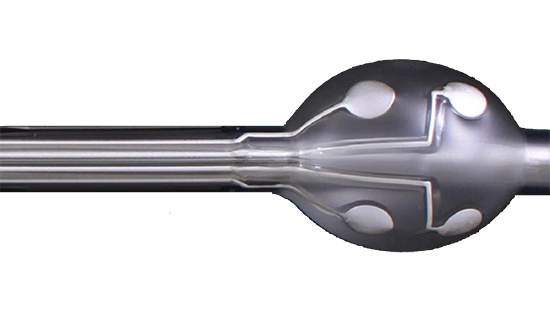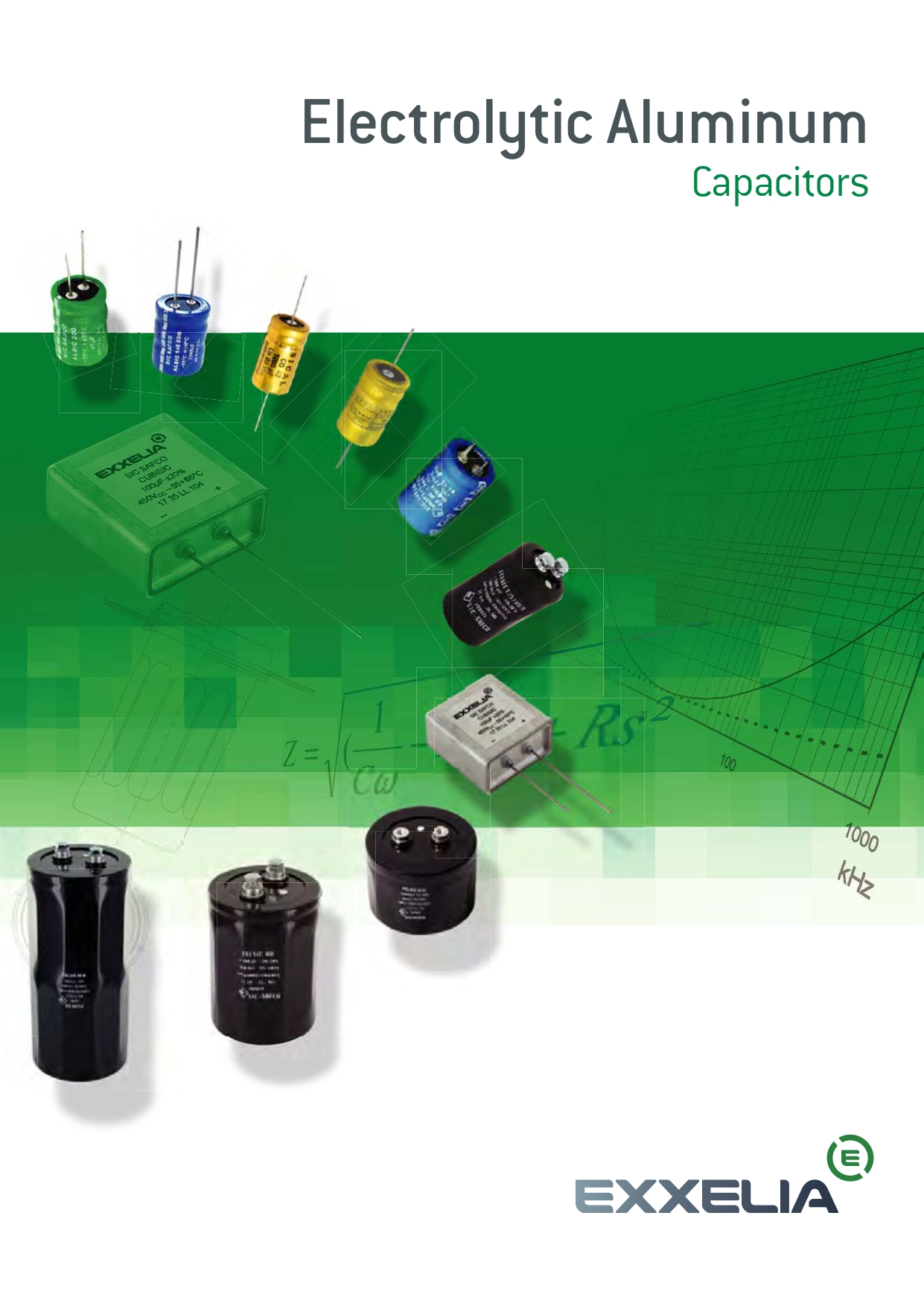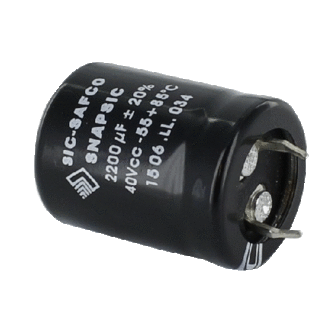
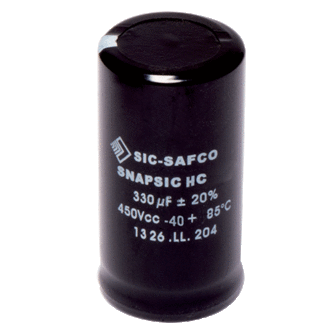
Typical applications :
- Power Supplies
- Signalling
- SMPS, Converters
|
PN
|
Capacitance
|
Voltage Rated AC
|
Tolerance
|
Mounting
|
Operating Temp
|
RoHS
|
Voltage Rated DC
|
|---|---|---|---|---|---|---|---|
| A780001 | 5600µF | - | ±20% | - | - | - | 25V |
| A780002 | 7200µF | - | ±20% | - | - | - | 25V |
| A780003 | 10000µF | - | ±20% | - | - | - | 25V |
| A780004 | 12000µF | - | ±20% | - | - | - | 25V |
| A780005 | 7200µF | - | ±20% | - | - | - | 25V |
| A780006 | 10000µF | - | ±20% | - | - | - | 25V |
| A780007 | 12000µF | - | ±20% | - | - | - | 25V |
| A780008 | 15000µF | - | ±20% | - | - | - | 25V |
| A780009 | 18000µF | - | ±20% | - | - | - | 25V |
| A780010 | 22000µF | - | ±20% | - | - | - | 25V |
| A780011 | 12000µF | - | ±20% | - | - | - | 25V |
| A780012 | 15000µF | - | ±20% | - | - | - | 25V |
| A780013 | 22000µF | - | ±20% | - | - | - | 25V |
Compliance and certifications

DIN

IEC
Would you like to ajust a little something?
Customize it
2related document(s)

Frequently Asked Questions
Find answers to the most frequently asked questions about our products and services.
Still have questions ?
Can’t find the answer you’re looking for ? Please contact with our customer service.
Contact


